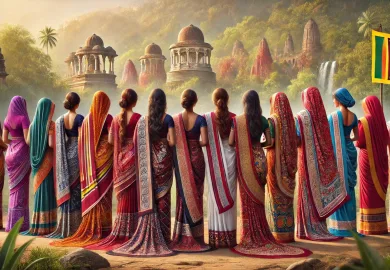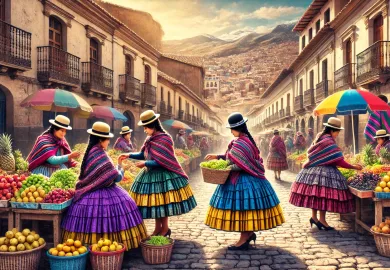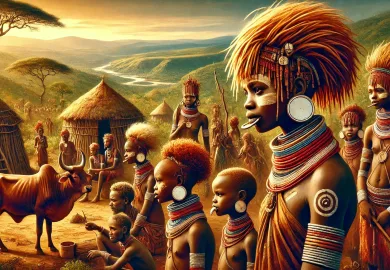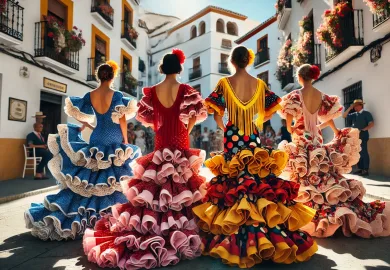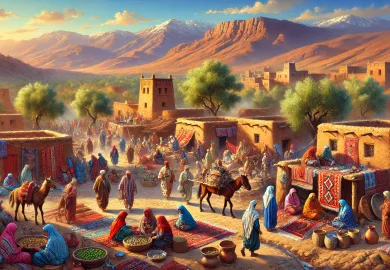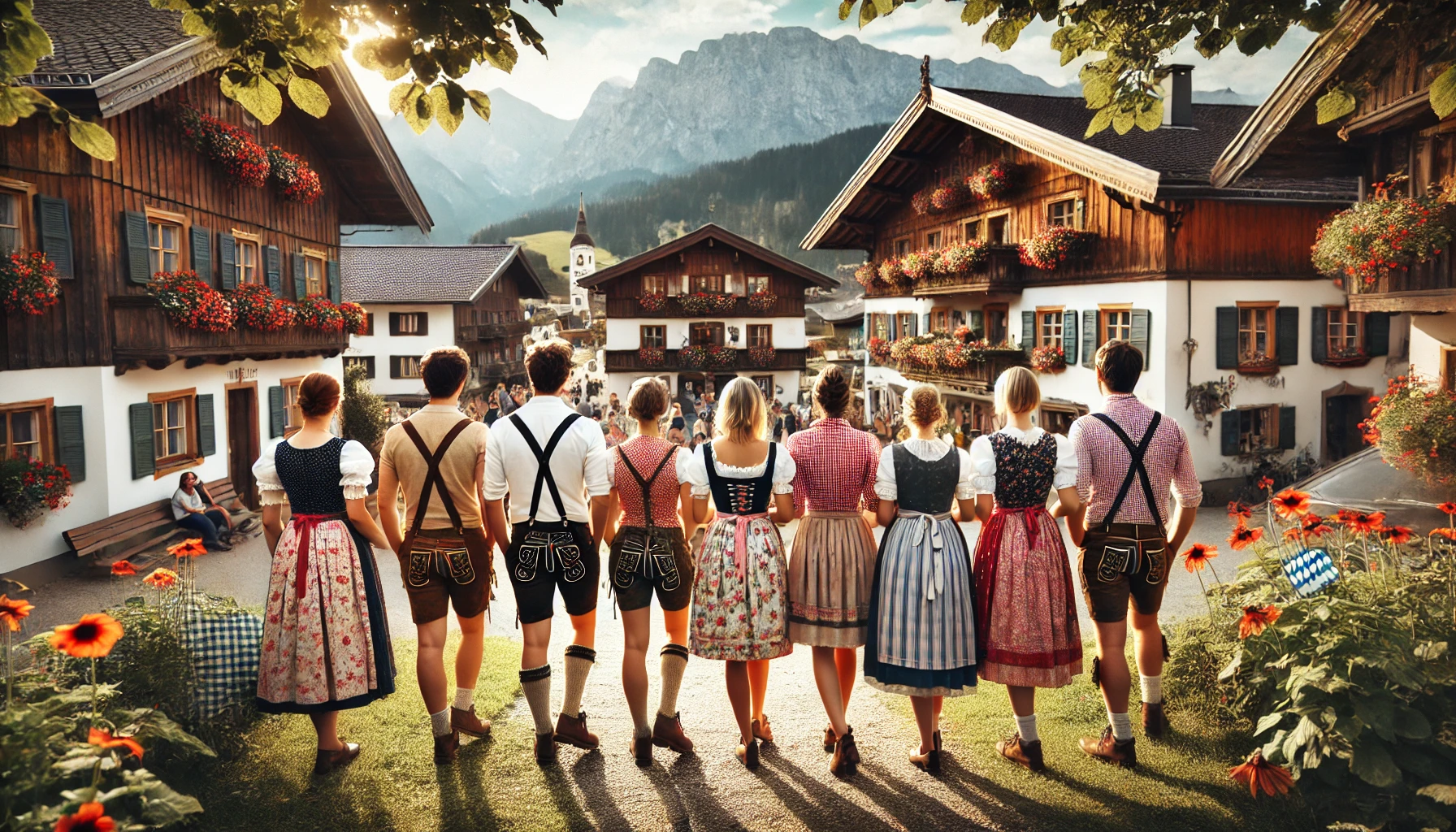
Bavaria, located in the southeast of Germany, is a region renowned for its rich cultural traditions, stunning landscapes, and unique fashion. The distinctive traditional clothing of Bavaria, often called Tracht, has stood the test of time, continuing to play a central role in festivals, ceremonies, and everyday life for many Bavarians. The garments, styles, and even the materials used reflect centuries-old customs, regional identity, and Bavarian pride. From the iconic Dirndl and Lederhosen to more contemporary interpretations of these classics, traditional Bavarian fashion offers a fascinating glimpse into the heart of Bavarian culture.
In this article, we’ll explore the origins, significance, and details of traditional Bavarian clothing, uncovering how these pieces have evolved while staying true to their roots. Whether you’re curious about the role of these garments in Bavarian society or planning to attend Oktoberfest in Munich, this deep dive into traditional Bavarian attire will provide all the insights you need.
The History and Evolution of Bavarian Tracht
Bavarian Tracht is more than just clothing—it’s a symbol of regional pride and social standing. The roots of Tracht date back to the 16th and 17th centuries, where it initially emerged as a form of rural clothing for farmers, craftsmen, and peasants. It was designed for durability, made from natural materials such as wool, linen, and leather, and reflected the wearer’s trade and status within the community.
Over time, Tracht became more ornate, with distinct regional variations emerging across Bavaria. The rise of Trachtenvereine (traditional costume clubs) in the 19th century helped to preserve and promote these local styles. At that time, industrialization and modernization were rapidly changing the landscape of rural life, and many feared that traditional customs would be lost. These clubs were instrumental in reviving and maintaining Bavarian fashion, even as it started to become more of a festive and ceremonial costume than everyday wear.
Despite its evolution, Bavarian Tracht has retained many of its historical elements, and today it serves as a link between Bavaria’s past and present. At festivals such as Oktoberfest or local folk events, you’ll see people of all ages donning their traditional attire, proudly showcasing their Bavarian heritage.
The Iconic Dirndl: A Symbol of Bavarian Femininity
The Dirndl, which is arguably the most recognizable piece of Bavarian fashion for women, consists of a bodice, blouse, skirt, and apron. Its history can be traced back to the 19th century, when it was worn by servants and working-class women in rural Bavaria and Austria. Over time, the Dirndl transitioned from workwear to festive attire, evolving into the more decorative versions seen today.
Modern Dirndls are often made from high-quality fabrics such as silk, velvet, and cotton, and come in a variety of colors and patterns. Traditionally, the colors and embellishments of a Dirndl could reflect the wearer’s region, marital status, or the occasion they were attending. One of the most interesting aspects of the Dirndl is the positioning of the apron knot, which carries specific meanings: a knot tied on the left side signifies that the woman is single, while a knot on the right indicates that she is married or in a relationship. A knot at the back, though less common, signifies widowhood or service work.
In modern times, the Dirndl has experienced a resurgence in popularity, not only as traditional garb but also as a fashionable outfit at events like Oktoberfest, weddings, and local celebrations. Many women enjoy customizing their Dirndls, choosing unique fabrics and accessories that reflect their personal style, while still adhering to the traditional elements of the attire.
The Dirndl remains an enduring symbol of Bavarian femininity and cultural pride, blending functionality, elegance, and tradition.
Lederhosen: The Quintessential Bavarian Men’s Garment
No discussion of Bavarian fashion would be complete without mention of Lederhosen, the knee-length or short leather pants traditionally worn by men. Lederhosen, which literally translates to “leather trousers,” have been a staple of Bavarian men’s fashion for centuries. Originally worn by peasants and farmers due to their durability and practicality, they became a symbol of rugged masculinity and rural life.
Made from goat or deer leather, Lederhosen are known for their strength and resilience, making them ideal for outdoor work. However, like the Dirndl, they eventually transitioned from functional workwear to a festive costume. Modern Lederhosen are often ornately decorated with embroidery and paired with suspenders, checkered or plain shirts, and knee-length socks.
Just like the Dirndl, Lederhosen are also experiencing a revival in contemporary Bavarian fashion. They are a common sight at Oktoberfest and other folk festivals, with men of all ages proudly wearing them. While traditional versions remain popular, modern interpretations have emerged, with designers creating versions in different colors and fabrics to suit more casual or fashionable settings.
The continued popularity of Lederhosen speaks to their versatility and the strong cultural identity they embody for Bavarians. Whether worn in a traditional or modern style, Lederhosen are a testament to the enduring appeal of Bavarian craftsmanship and heritage.
Accessories and Finishing Touches of Bavarian Fashion
Traditional Bavarian attire wouldn’t be complete without the accessories that help tie the look together. Whether it’s for men or women, accessories play a key role in adding a personal and regional flair to Bavarian fashion.
For women, jewelry often includes traditional pieces such as Chokers or Kropfbänder, which are neckbands made of velvet or silk and often adorned with gemstones or pendants. These pieces can be traced back to the 19th century, when they were worn to highlight the elegance of the neckline when paired with the low-cut bodices of Dirndls. In addition, women may also wear decorative hats, shawls, or Trachtenshoes, which are heeled shoes or boots specifically designed to complement the Dirndl.
Men’s accessories, meanwhile, include items such as Gamsbärte (chamois beards), a tuft of chamois hair often worn on the traditional Bavarian hat, and Haferlschuhe, sturdy lace-up shoes that are typically worn with Lederhosen. Men may also wear waistcoats or Jankers (a traditional Bavarian jacket), which are often made from boiled wool or felt and feature intricate stitching or embroidery that reflects the wearer’s region.
Another key accessory for both men and women is the Charivari, a chain worn on Lederhosen or Dirndl aprons that is adorned with small trinkets, charms, or amulets. Traditionally, these charms held symbolic meanings, such as good luck or protection, and were often passed down through generations as family heirlooms.
Accessories in Bavarian fashion are not only decorative but also serve as markers of tradition and personal identity, adding depth and character to the traditional garments.
The Role of Bavarian Fashion in Modern Times
While traditional Bavarian fashion has deep historical roots, it remains an integral part of modern Bavarian culture and identity. One of the most visible examples of this is the annual Oktoberfest in Munich, where thousands of visitors don Dirndls and Lederhosen to celebrate Bavarian culture through music, dance, and, of course, beer. Beyond Oktoberfest, these garments are also worn at various local festivals, weddings, and even everyday settings, especially in rural areas where traditions are strongly upheld.
In recent years, Bavarian fashion has gained attention on the global stage, with international designers drawing inspiration from Tracht in their collections. The timeless appeal of these garments, combined with their craftsmanship and connection to heritage, has allowed them to transcend regional boundaries and become a symbol of Bavarian pride worldwide.
Furthermore, many younger generations in Bavaria are embracing Tracht as a way to reconnect with their cultural heritage while giving it a modern twist. Designers have started to experiment with new fabrics, cuts, and patterns, offering contemporary versions of Dirndls and Lederhosen that appeal to a wider audience. This blending of tradition and modernity ensures that Bavarian fashion remains relevant and cherished in the 21st century.
Conclusion
Bavarian fashion, with its rich history and deep cultural significance, offers a unique window into the traditions and identity of Bavaria. From the elegance of the Dirndl to the rugged masculinity of Lederhosen, these garments have stood the test of time, adapting to modern trends while maintaining their connection to the past. Whether you’re a visitor looking to experience Bavarian culture firsthand or a local with a deep appreciation for your heritage, traditional Bavarian fashion remains a vibrant and important aspect of life in Bavaria.
Beyond its aesthetic appeal, the Tracht is a symbol of Bavarian pride, craftsmanship, and a way of life that has been passed down through generations. In a world that is increasingly globalized, the enduring popularity of Bavarian fashion reminds us of the importance of preserving cultural heritage and traditions.

